York County nears 275: Here are 10 big moments from its past
In this season of big anniversaries, the cake will soon bake for a not-to-be-overlooked birthday party in York County.
The county’s 275th birthday comes in August 2024 — Aug. 19, to be exact.
Its birthday with 275 candles comes before three big national anniversaries.
York County played a role in those three big events that face anniversary parties in 2026 through 2028. Those are the 250th anniversaries of the Declaration of Independence, Articles of Confederation and Treaties with France. In those documents, we announced our separation with our Mother Britain, our 13 states agreed to agree on a constitution, and we cut a deal with a foreign power.
York County had been around for 27 years when the Declaration of Independence was signed, and one of its residents inked it: James Smith. Another statesman, New York signer Philip Livingston, is buried here.
The county withdrew from Lancaster in 1749 because it took too long for Lancaster County’s sheriff to respond to a growing crime problem in a region west of the Susquehanna River that included today’s York and Adams counties. Lancaster separated from Chester in 1729 to get its own sheriff — and Adams from York in 1800 — the inconvenience of distance to York was a problem.

Location, location, location
York County grew fast, with roads — albeit dusty, muddy, deeply rutted and some barely passable — crisscrossing the county.
The county’s rolling countryside of about 1,500 square miles took up a big chunk of the trans-Susquehanna before settlers hit mountains to the west and the north.
In his 1999 book “Patterns of Our Past,” Thomas L. Schaefer views the county’s position before the American Revolution in this way: “The county represented Pennsylvania’s last best farmland that possessed reasonably easy access to major shipping ports. Beyond those borders were trees, trees and more trees.”
York County’s placement in the middle of things brought those who had settled in contact with travelers along the Great Wagon Road to the South and those newly arrived looking for local land to plow.
And the county’s location as the first stop west of the Susquehanna and north of the Mason-Dixon Line brought the world in regular contact with the county. The Continental Congress met here in 1777-78, the Confederates occupied the county in 1863 and American defense officials sought out county industries for ordnance, refrigeration and olive-drab painted pianos in World War II.
All these meetups inevitably caused conflict and those collisions created pivotal moments that helped shape York County as we know it today.
Ten of those moments are chosen from among hundreds of shaping events:
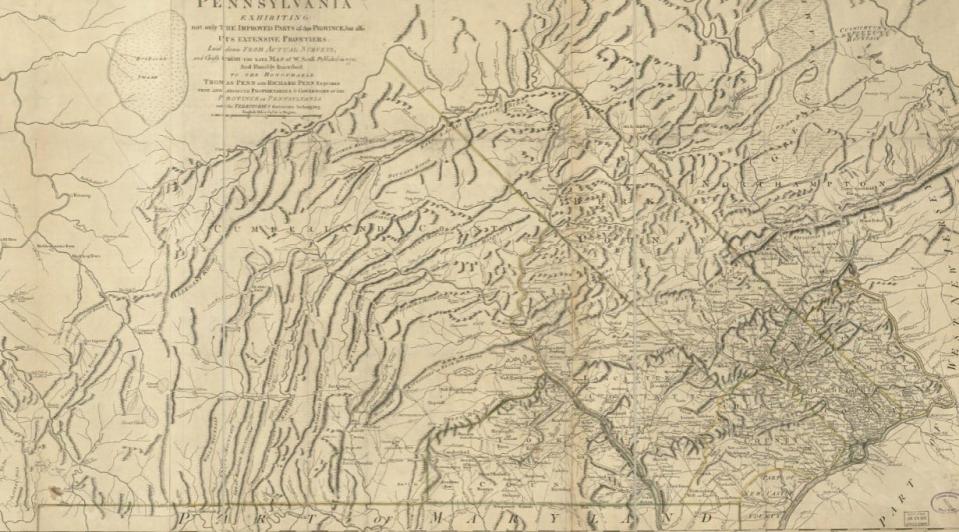
1608 – European contact with Native Americans
Capt. John Smith meets the Susquehannocks in the Port Deposit, Maryland, area when exploring the Chesapeake Bay, the first known contact in this region between Europeans and Native Americans.
The Susquehannocks and their native American predecessors have peopled the land, later known as York County, for centuries. The Susquehannocks are believed to have arrived along the lower Susquehanna from the mid-1500s to mid-1600s. They created villages on the river’s west bank, in future York County, about 1675.
By the time that European settlers started crossing the Susquehanna in 1730, the Susquehannocks were just about gone. But not totally. The U.S. census in 2020 counted 1,116 Native Americans living in York County, an 18.5% increase over 2010 numbers.
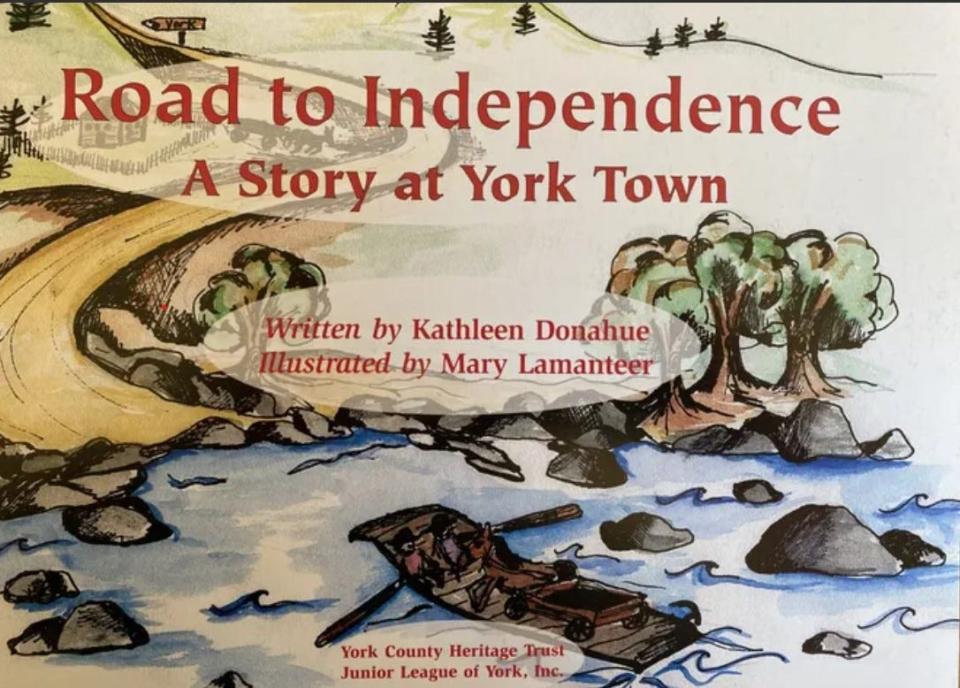
1777-78: All roads lead to York
There was no room in the inns in Lancaster, so the Continental Congress, fleeing Philadelphia, crossed the Susquehanna for a nine-month stay in York County. Here, they adopted America’s first constitution, the Articles of Confederation.
That document, plus good news about the American army’s success in the Battle of Saratoga in New York, brought France on board as an ally, with Treaties with France ratified in May 1778. York’s hosting of 64 delegates, including 26 signers of the Declaration of Independence, has long been considered the county’s finest moment.
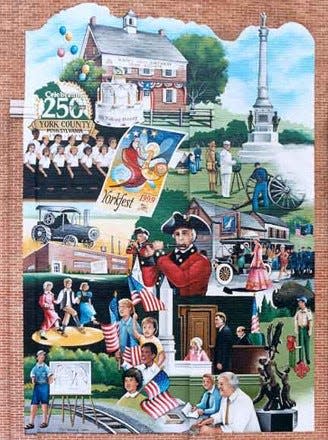
1838: Railroad spikes link with the South
York County has historically benefited from access to at least two major ports: Baltimore and Philadelphia. That location has benefited this well-watered and large geographical county in bringing its considerable agricultural and industrial goods to market.
The Northern Central Railway connected York and Baltimore in 1838, giving the county even greater access to Baltimore and strengthening the county’s business, cultural and family connections with the South.

1863: Confederate surrender shapes York
Robert E. Lee’s troops stepped on York County soil on June 27, a tangible example that the country was coming apart — deconfederating. That was 86 years to the day after Continental Congress left York carrying a document of coming together, the Articles of Confederation.
The Confederate advance prompted York’s leaders to ride out twice to meet the enemy and surrender the town. That controversial action — civilians seeking out the enemy to surrender in a theater of war — shaped the way the York area views itself to this day. The community predominantly looks back on its significant American Revolution and World War II moments, or at least did until recently when Civil War studies have accelerated.
That was the case despite hosting a major Civil War hospital, helping to provision a camp to season green Union recruits and persevering through more than 600 dead in blue uniforms.
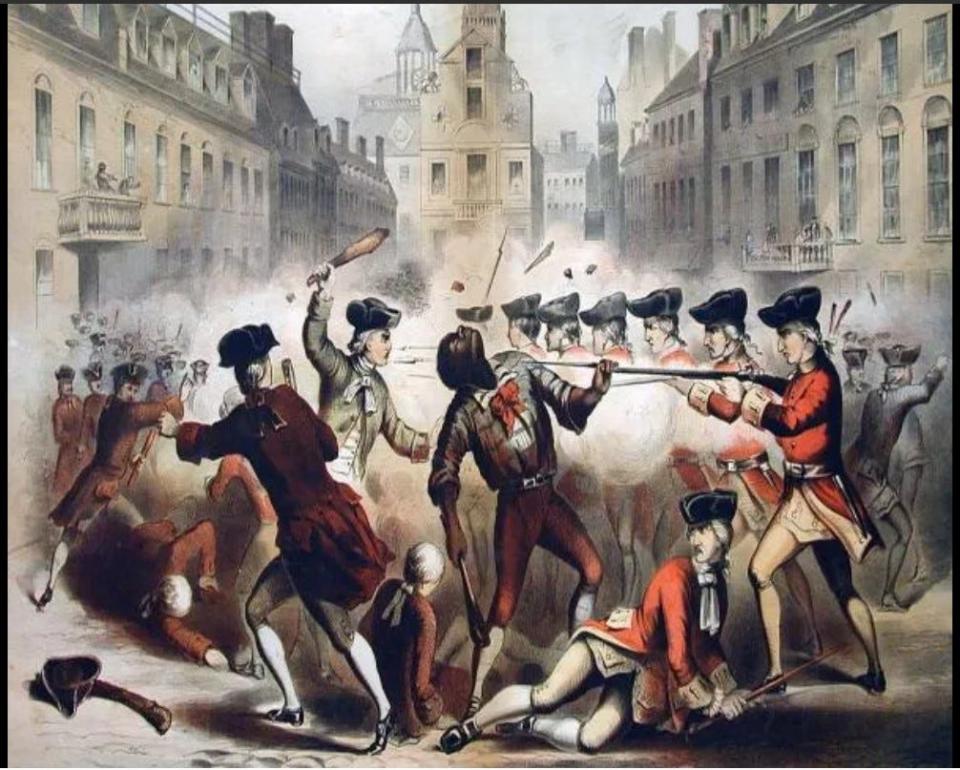
1887: Market sheds pulled down
Farmers had sold their goods at the market sheds in York’s Centre Square since the county’s earliest years. But in 1887, with York a newly crowned city, the sheds stood in the way of the movement of goods and workers through this crossroads via trolleys and other conveyances, as the Industrial Revolution buzzed.
The development verses agriculture tug of war continues today. In the early 1980s, the amount of developed acreage in the county exceeded that used for agriculture for the first time.
1941: New decade brings three challenges
County residents faced myriad hurdles with the Great Depression still in play and a polio epidemic that cost at least nine lives and scores more impacted by the disease in 1941. Then at year’s end came the advent of World War II with the attack on Pearl Harbor.
York County’s industries came together to form the York Plan, the sharing of manpower and machinery to gain major contracts that otherwise would have been out of reach of companies of the size operating in the county. About 570 servicemen in uniform died in this deadly war. World War II in York County is seen as one of its finest moments.
1950s: Latinos arriving in York County
The arrival of Spanish-speaking people in York County rose to such an extent that a pastor was appointed at York’s St. Mary’s Roman Catholic Church to minister to Latino members.
By 1980, this Latino group formed a congregation at the former Annunciation Greek Orthodox Church on East South Street. This parish became the Cristo Salvador congregation.
About 1960, two Latino families — the Edwin and Delma Rivera family and the Jose and Gloria Hernandez family — arrived. These families and others would provide leadership in a growing Latino population, a group that stands as the county’s largest nonwhite population at about 40,000 people in 2020.
1968-1970: Race riots erupt
Enslaved Black people had arrived with European settlers in the 1700s, making York County home to about 500 bondsmen and even more freedmen by 1790. In the decades after World War I, scores of Black families arrived in York from the South.
By the late 1960s, race riots erupted, prompted by years of racial oppression and sparked by police dogs targeting Black residents. This difficult moment caused a needed disruption and brought on the York Charrette, a type of civic group therapy, that brought the community together in search of solutions and contributed to the end of widespread violence in subsequent summers. It brought reform agencies in housing, public health and public transportation.
In subsequent decades until today, Black and women leaders gained the highest positions in York County. Still, poverty rates among Blacks and Latinos are multiple times higher than the white population today and income in the Black and Latino communities are considerably lower in comparison.
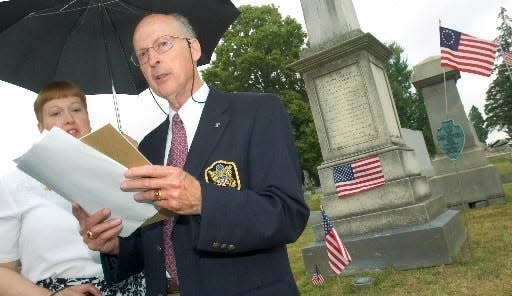
2000: New millennium offers highs, lows
The 250th anniversary of York County in 1999 was a grand celebration, with a long parade, commemorative books and music written for the occasion. But soon after the clock ticked to 2000, the excitement of the 250th and the promise of the new millennium were tamped down by a succession of high-profile and consuming community controversies.
Long-delayed trials for the assailants in two race riots murders from the late 1960s were followed by a high-profile trial in a wrenching fratricide case, the Witman court proceedings.
The Dover intelligent design trial came next. Then shortly after Dover, an eminent domain dispute over scenic farmland in Lower Windsor Township roiled the county and resulted in voters ousting two sitting county commissioners.
For some, parts of these proceedings did bring a degree of much-sought-after resolution, some form of redemption. But for others, these controversies created great division. All would agree that they agitated — even exhausted — the York County community.
And amid all this, York County experienced three violent attacks in its schools.
2016: Top down changing to bottom up
The generations of major community philanthropists and locally controlled industries have largely passed. To help offset this loss of community philanthropy is the growth of numerous grassroots groups, often with diverse memberships, providing sweat equity.
Give Local York and other initiatives seek to raise small donations from thousands of people to replace the thousands of dollars in giving from a handful of philanthropists.
Something seems to be working.
Here is a sampling of significant history or cultural projects started or completed countywide in the past five years:
Historic York leases Strickler House from county; Yorktowne Hotel renovated; Hanover Area Historical Society’s Museum opens; 27-mile Heritage Rail Trail completed; Heart of Hanover Trails wayside markers completed, first phase; fundraising completed for City Cemetery (potter’s field) monument; Hanover’s McAlister Hotel developed into market rate apartments; Lebanon Cemetery restoration started and work extended to other Black cemeteries; Farquhar Park Allen/Schaad memorial, signage, beautification; ongoing New York Wire Works renovations; Hellam, Martin and Red Lion libraries renovated; Susquehanna Heritage's River Discovery tours initiated aboard the vintage “Chief Uncas” and statue of 19th-century freedman William C. Goodridge unveiled.
And here is a sampling of projects in the queue, many due for completion mid-decade in time for the anniversaries:
Smithsonian exhibit of pioneering photographer Glenalvin Goodridge’s work; Mifflin House restoration; York County History Center “steam plant” museum; Crispus Attucks History and Culture Center; West Bank/Creekside Trail — Codorus Greenway; “Hard Bargains” Articles of Confederation monument; improvements at Glen Rock’s Ruins Hall, Glen Rock Mill Inn and other Trail Towns projects.
Also, improvements to Susquehanna Riverlands State Park; improvements in the Hellam Hills preserve (Wizard Ranch) and other Lancaster Conservancy holdings; Hanover Market House operations analysis and capital needs assessment; work on Dillsburg end of South Mountain Trolley Greenway; archaeological findings from stockade at Camp Security, British POW camp.
Also, Horn Farm restoration; Hanover Trolley Trail sections opening; Penn Market restoration; Spring Grove’s Hoke House restoration/relocation; Glen Theatre restoration; York College’s Knowledge Park and Manor House completion and other Penn Street investment; Susquehanna’s Veterans Memorial Bridge improvements; phased improvements to Wrightsville Riverfront Park; possible reuse of Hanover (State) Theater; restoration of Eichelberger Distillery at Dill’s Tavern; ongoing restoration of three Welsh quarrymen cottages in Delta/Peach Bottom; broadband infrastructure enhanced countywide; and erection of new memorials and signage in Allen/Schaad commemoration.
County scores compelling story
It’s tempting for residents and historians to consider their home area as unique and exceptional. You could say that York missed that classification when it sought out the invading Confederates and handed over the keys to the town. Without that misdeed, how many towns have major roles in three wars: Revolutionary War, Civil War and World War II?
York County’s lack of a singular defining event or cultural asset — the battle in Gettysburg or the Amish in Lancaster — makes its story compelling nonetheless. Instead of focusing on one big moment, there are countless smaller stories that add up to a deep narrative.
Indeed, for years, scholars have written about York County’s importance on the land west of the Susquehanna. Still, more needs to be written about York County’s 65-mile border with the South in the 1700s, and how that has shaped us.
That said, Schaefer had it right.
“Essentially,” Schaefer wrote, “York County’s place is quite a place.”
Upcoming presentations
I will present on these three topics in the fall term at OLLI at Penn State York:
“Fascinating Things about Northern York County,“ “When Ephrata's Cloister Opened a Branch Campus along York County's Bermudian Creek” and “When Diplomat George Kennan and Other Famous People Viewed Adams County's East Berlin and Its Region as Home.” Registration is open for OLLI members. Nonmembers: Registration opens at noon Aug. 21. And for OLLI's complete catalog: olli.psu.edu/york/courses.
Jim McClure is a retired editor of the York Daily Record and has authored or co-authored nine books on York County history. Reach him at jimmcclure21@outlook.com.
This article originally appeared on York Daily Record: York County Pa. nears 275: 10 big moments from its past

